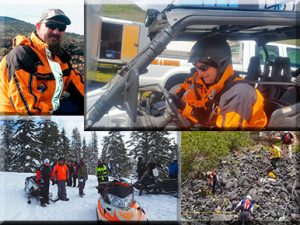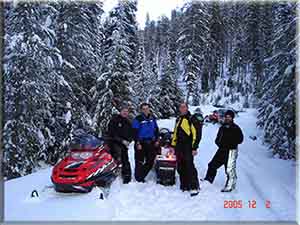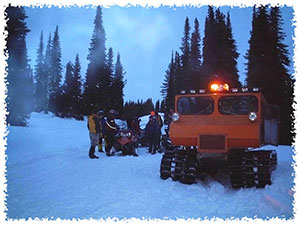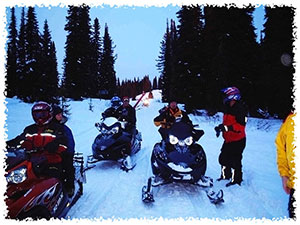By: Charles W. Bryant: Every time a hiker is lost in the woods, the local news stations will no doubt show images of helicopters buzzing overhead, German Shepherds sniffing the forest floor and scores of people combing the woods in search of clues. This brief bit of insight into the world of search and rescue (SAR) teams are about all the general public ever sees. In reality, SAR goes way beyond these glimpses on the news — it’s an extensive emergency service performed by highly trained specialists, local law enforcement and civilian volunteers.
The goal of SAR is to locate, stabilize and extract individuals in distress. That can mean a hiker on the side of a mountain, a sailor lost at sea, or a trapped disaster survivor. Each area of SAR employs techniques specific to the circumstance. From FEMA to county sheriff departments, expert technicians to local volunteers — SAR teams do important work all over the world every day.
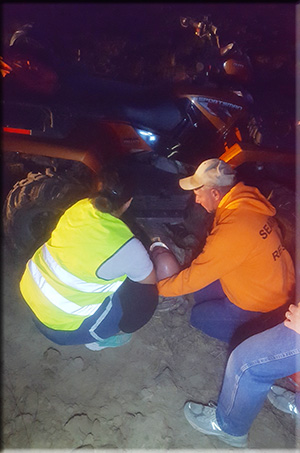
SAR teams’ first priority is to establish a search area. This is typically a circle based on the last place the missing person was seen. When it comes to techniques, each type has its own probability of success. A slow and thorough search may produce more clues, but if time is of the essence, it may not be the best way to go. It’s generally thought that multiple fast searches are more productive than a slower and more thorough approach. A hasty search team is typically the first to be deployed. Team members either work for the sheriff’s department or are citizens who have undergone a great deal of SAR training.
Their job is to pair up and move quickly — the goal is to scan high-probability areas and end the search as soon as possible. A grid search team moves slower and more methodically, combing thearea with a long line of volunteers. Grid searchers typically find clues that help more experienced SAR teams find the missing person. A choke point is a man-made or geological characteristic that allows the SAR team to narrow the search. For instance, if there’s a wide river that’s only able to be crossed by bridge, the SAR team will station a lookout person at that bridge and the team can focus elsewhere.


